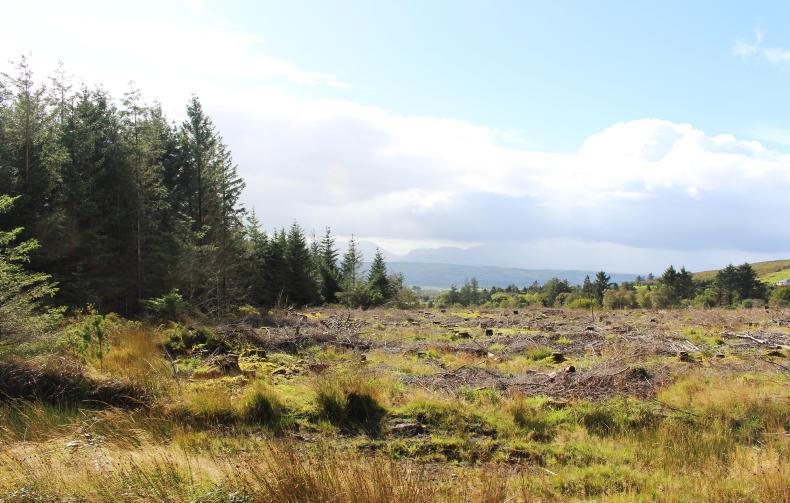The replanting obligation, rising delays and costs in getting forestry paperwork processed and restrictions on the afforestation of unenclosed land were the target of criticism by participants in the national forestry conference in Enfield, Co Meath, on Thursday.
Only 4,025ha of forestry were planted in Ireland in 2018, according to Department figures published this week. This is the lowest in decades despite rising demand for timber and wood fibre combined with the need for afforestation in the fight against climate change, the conference heard.
It's disappointing
Minister of State Andrew Doyle, denied claims that the current forestry programme had been a "failure, but nonetheless it’s disappointing,” he said.
Minister of State @ADoyleTD says “forestry will feature strongly in the all-government climate plan” due next month. pic.twitter.com/Nc3pdp19FD
— Thomas Hubert ?? (@tom_hubert) May 30, 2019
Afforestation has dropped sharply in the past three years, participants observed.
IFA forestry chair Vincent Nally was among speakers who received applause when they mentioned increasing bureaucratic difficulties in obtaining official approvals at various stages in the forestry cycle.
He mentioned delays of seven months and farmers being told that they needed to hire ecologists for assessments at the cost of the entire value of their first thinnings.
Unenclosed land
Marina Conway, chief executive of the Western Forestry Co-op, and Irish Farmers Journal editor Justin McCarthy both identified the replanting obligation and restriction on planting of unenclosed land as problematic.
Of 1.3m ha suitable for new forestry nationwide, a large part is unenclosed, said Conway.
“If we follow measures in place, there shouldn’t be adverse environmental impacts of planting these areas,” she said.
“The replanting obligation is not the be all and end all, but it does present a barrier for farmers,” said McCarthy.
Conway suggested introducing some flexibility in this rule.
The falling afforestation rates were in contrast to several presentations from industry and architects showing the growing potential of timber as a low-carbon construction material, including for multi-storey buildings.
Greenhouse gases and biodiversity
Teagasc director Gerry Boyle also insisted that the development of intensive farming, especially dairying, would require the parallel growth of tree planting to balance greenhouse gas emissions and maintain biodiversity, including on dairy farms themselves.
Boyle: We need to change this dairy prairie landscape to show the sector is serious about #climatechange and biodiversity. With modern paddocks it wouldn’t be very disruptive to introduce more hedgerows and trees. pic.twitter.com/a8Ml8xgPXg
— Thomas Hubert ?? (@tom_hubert) May 30, 2019
The conference also heard from Scottish Minister for Rural Affairs and the Natural Environment Mairi Gougeon, who explained how Scotland was growing its planting rates under a 50-year strategy. Listen to her in our podcast below:
Read more in next week's Irish Farmers Journal.






 This is a subscriber-only article
This is a subscriber-only article










SHARING OPTIONS: